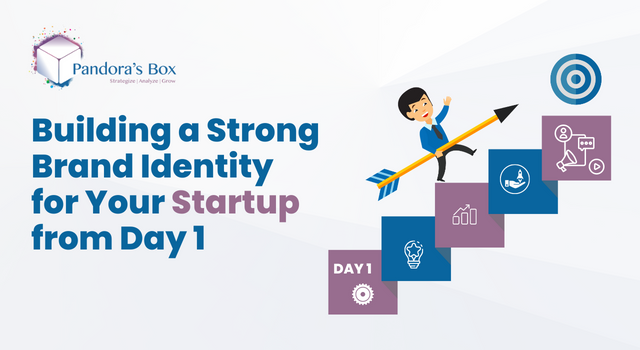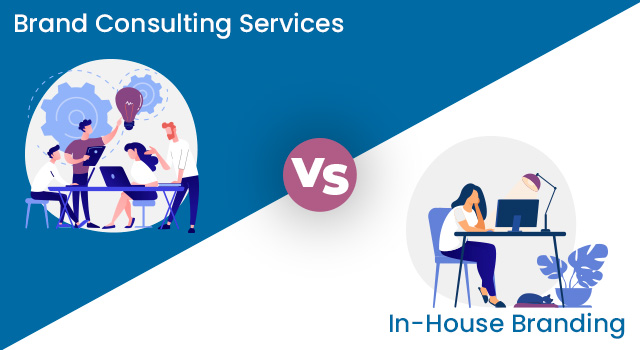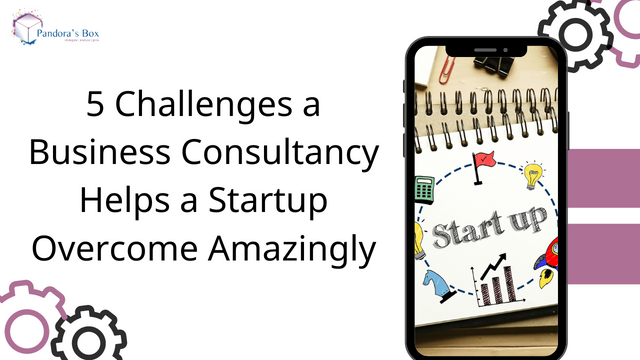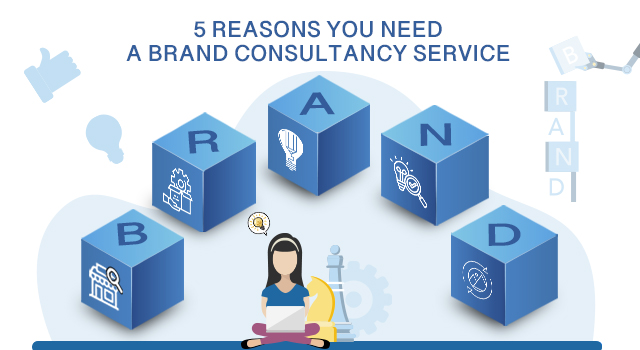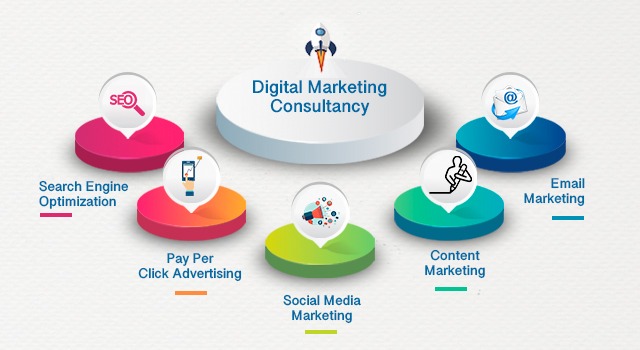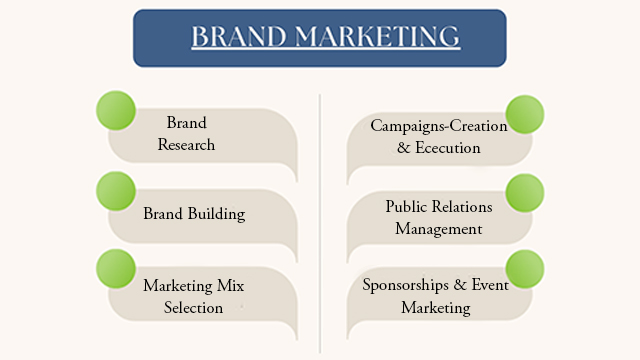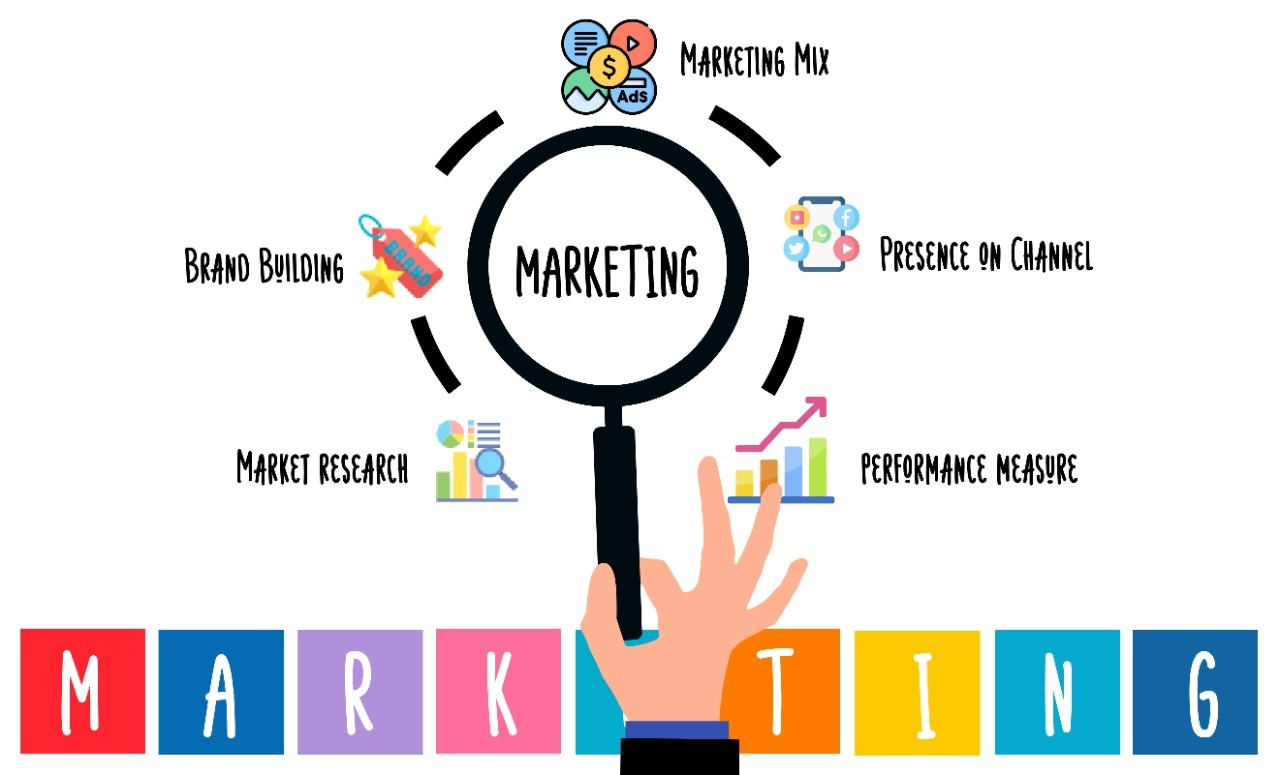“20% of new startups fail within their first year, and around 50% fail within their first five years.” ~
as per a study by Small Business Administration.
What’s the reason behind this?
They don’t have a strategic plan to guide them on –
- How to research a market, identify a segment, target, and win them?
- How to spot opportunities, leverage them, and fulfil your vision?
- How to give your firm a stable base to scale up?
Hence, it’s crucial for startups to build a strategic plan to form a business that survives changing market and consumer needs.
In this blog, we share our consulting firm’s 4 steps to effective strategic planning for your business’s success.
4 Key Steps to Effective Strategic Planning
![4 Key steps to Effective Strategic Planning [Learn from Top Consulting Firm] 1 4 Key Steps to Effective Strategic Planning Learn from Top Consulting Firm 1](https://pandoras-box.in/wp-content/uploads/2023/08/4-Key-Steps-to-Effective-Strategic-Planning-Learn-from-Top-Consulting-Firm-1-1024x576.jpeg)
- Conduct a SWOT Analysis to Set Goals
The first step in strategic planning for your brand is to know your brand well.
You have to do the following things to get a clear and concise idea before you plan anything –
- Prepare a brand overview that highlights these –
- What’s your offering, positioning, niche, and target segment?
- What are your vision, mission, and values?
- Conduct a SWOT analysis to know your strengths to leverage and build on, weaknesses to work on, opportunities to tap into, and threats to prepare for.
- Thoroughly study your market – What’s your current situation and the current and emerging changes, shifts, and trends?
Once you have the answers to the above questions, you can set SMART goals for the short-term and long-term and lay out a roadmap to get to these goals.
- Build a Strategy to Address Your Brand’s SWOT
You have crossed the first phase with clarity of what you are, where you stand, and where you want to go now.
The next step in strategic planning is to see what you can do with your SWOT analysis to boost your brand’s growth.
Your strategy should pay attention to these aspects/ areas –
- Market Research: You have to find –
- What are the new segments in existing markets or new markets that you can grow in (opportunities)?
- What changes or trends in the existing market can you adapt to deepen your position in your market? (strength)
Will change in product, price, placement, or experience help you?
- Lastly, what changes or trends can be a potential threat for you to start preparing now?
- Growth Strategy: Your Market Research will show you where to work (areas) and how it can help your brand and business grow.
You now have to build a strategy that has the following in it –
- What – What are you targeting?
(a new market, a new segment, a new product or positioning, or a market shift)
- How – How will you act and achieve it? What are the things to do?
(Will you form strategic partnerships, seek funding, focus on your brand, open new stores or bring in new tech)
- When – When will you begin the strategic implementation?
- Who – Which department/ team will be in charge of it?
- Allocate Resources – By now, you have finished strategic planning of what areas to work on/ target and how.
You have to ensure that you give enough resources to each department to start and finish their tasks successfully.
- Create an Action Plan
You have done your market research, built your strategy, and invested resources to support it.
The third step of strategic planning is to build an action plan to execute your strategy and achieve your goals.
Here’s how you can move forward with it –
- Break down your SMART goals into tiny short-term goals you will achieve at various roadmap stages.
- Define tasks for every team to get them to work.
Specify what they have to do, what resources they have, how, and by when.
- Streamline every task together and closely watch the progress.
You should have regular updates and review meetings within teams and with the senior management.
- Prepare plans to react to a change, solve a roadblock, and handle a crisis.
You should train the team and give them enough resources to tackle these issues promptly.
- Lastly, track the entire plan with the help of KPIs and document your insights for the next step of strategic planning.
- Evaluate and Learn
Here’s the last and the most crucial step in strategic planning for your brand’s growth.
You have to answer these questions to learn and prepare yourself for the future
- How well did you perform (the tangible and intangible impact)?
- What goals were you able to achieve?
- What were the areas you outperformed in and fell short in?
- What can you do differently next time?
- What are things you should continue doing even in the future?
You have to involve your teams in this step.
They can share their challenges and discuss their observations, insights, and learnings.
The main intent of this step is to look for recurring themes and patterns to help you in your future strategic planning efforts.
That’s it.
You’re all set to have a new goal, build a strategy and action plan with the help of your past learnings, execute them, and measure them.
Keep the cycle of strategic planning and implementation going!
Pandora’s Box is a consulting firm that offers strategic planning and implementation to startups and emerging corporations to help them succeed in their branding, marketing, and business efforts.


![4 Key Steps to Effective Strategic Planning [Learn from Top Consulting Firm] 4 Key Steps to Effective Strategic Planning [Learn from Top Consulting Firm]](https://pandoras-box.in/wp-content/uploads/2023/08/4-Key-Steps-to-Effective-Strategic-Planning-Learn-from-Top-Consulting-Firm.jpeg)






